Traditional Sugar making Techniques
Traditional Sugar-making Techniques
In the memory of many Wenzhou people, when they were young, they were short of doctors and medicines, but the old people had many earthen prescriptions which were very useful. For example, if you have a slight stomach discomfort, the old man will make you drink a bowl of salt and boiled water; if you lose strength, you will drink a bowl of brown sugar soup. How many medical principles are there? It's really not clear. But even now, in the case of dysmenorrhea and other symptoms, a bowl of ginger soup, or mother's first recommendation of dietary supplements.
As we all know, sugarcane is the main raw material for manual sugar production. Due to the different production processes of various sugars, this paper takes brown sugar as an example: brown sugar has undergone 18 traditional processes, and the ancient method of boiling has to go through the basic steps of juicing, vigorous fire, foaming, water draining, sugar extraction, sand beating, shaping and so on. First, the juice is squeezed by a juicer, and the sugarcane juice flows into the lower barrel. After being filtered by eight filters, it is heated in a large sugarpot, which is deposited in a wooden barrel for an hour before being used. Then the precipitated sugarcane juice is put into the second pot and boiled into syrup. The syrup is scooped onto a wooden platform, cooled while the syrup is cooled, and stirred vigorously by the sugar workers. Then it was made into brown sugar. Tiangong Kaiwu has a detailed record of its technology.
At present, Yiwu is the most abundant brown sugar. In the sugar-making season, there is a shortage of supply and demand.
In fact, Taoshan Town of Ruian has a long history of sugar making from Jinggu. Jinggu, located in the central part of Ruian City, is under the jurisdiction of Taoshan Town. Historically, it mainly made sugar by hand. Basically, there are sugar factories (stoves) in Jinggu villages. Legend has it that Tao Hongjing, known as Prime Minister of Shanzhong, came to live in seclusion as early as Qiliang in the Southern Dynasty. He led farmers to grow sugarcane in Fuquan Mountain and instructed them to make sugarcane for medicinal purposes. Now the main products are brown sugar, sugar bowl, ginger sugar and so on, forming a unique style of sugar making, which is exported to Hangzhou, Shanghai, Tianjin, Beijing and other provinces and cities throughout the country.
In the local area, there is still a very ritual custom, that is, during the ripening period of sugarcane, the leaves of sugarcane are built into a shed, and sucrose is burned in the shed. When the sugarcane is burned, the shed is burned down. This is both an ancient ritual and a scientifically based practice, because sugar clubs are adsorbed on the roof of the cane to grow bacteria and eventually burn the shed.
During the War of Resistance Against Japan, foreign imports of sugar declined sharply, and the production of domestic mechanism sugar also declined sharply. The production of local brown sugar in Wenzhou rose.
In the second half of 1945, after the end of the War of Resistance Against Japan, Taiwan's airline from Keelung to Wenzhou resumed, and Taiwan's institutional sugar was transported to Wenzhou in large quantities, and native brown sugar was greatly excluded.
From the late liberation war to the period of resisting the US and aiding the DPRK, the traffic across the Straits was blocked by the US and Chiang Kai-shek, and the price of brown sugar rose again.
After 1986, the sugarcane base in Ruian has shrunk seriously (replanting rice), the purchase of fresh sugarcane has dropped sharply, the production period is only 12 days, and the equipment has been idle for a long time. Production ceased in 1992.
In November 2011, 15 families of Jinggu peasants Zhang Shengdi and Pan Kezhong jointly founded the Sante Sugar Co-op in Ruian City and opened a sugar factory. They invited the veteran artists of sugar-making skills to inherit the millennium-old sugar-making system. Protect and rescue this skill, so that it can be inherited. It is understood that Jinggu Jinshan Sugar Factory is the only existing sugar factory in Wenzhou.
At present, there are only a few artists who have mastered sugar making skills, and only a few of them are over 60 years old. Jinggu Handmade Sugar is the concrete embodiment of Chinese traditional culture and an important part of Chinese traditional handicraft. If we develop new products, we can not only meet the market demand, but also protect and revitalize the sugar making technology of our city.

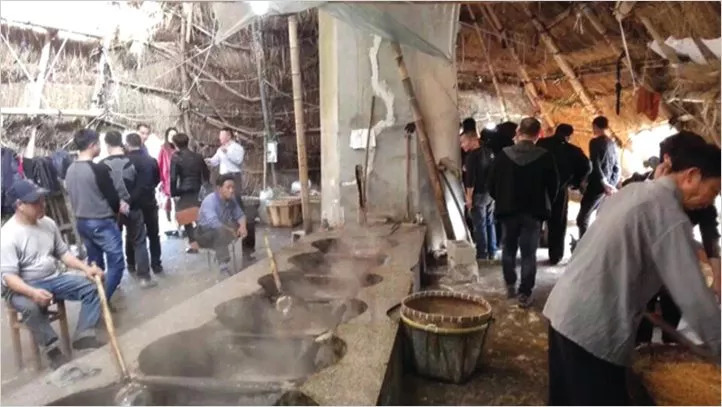

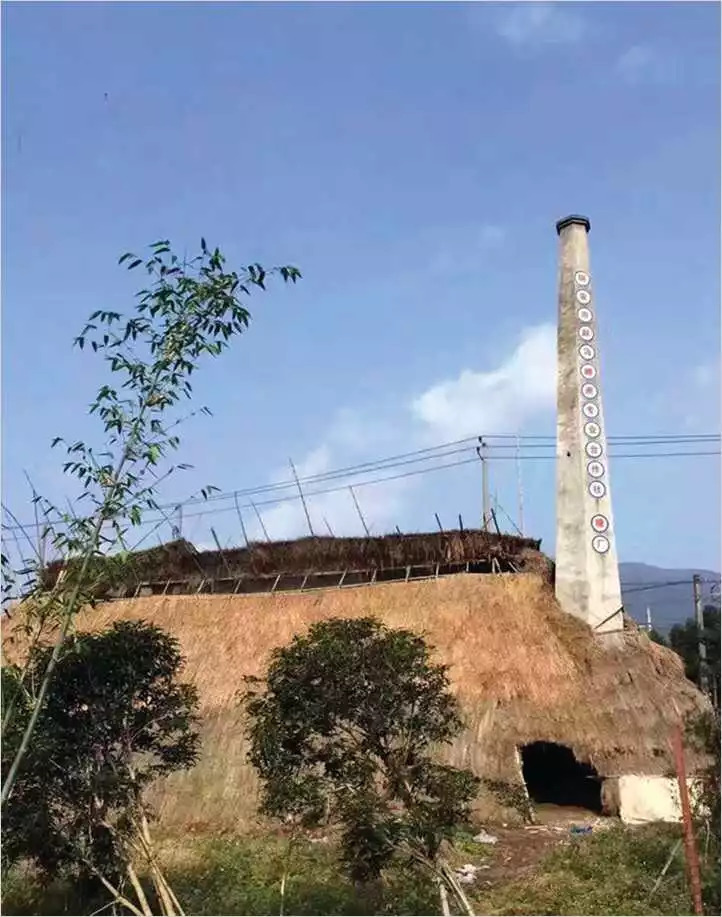
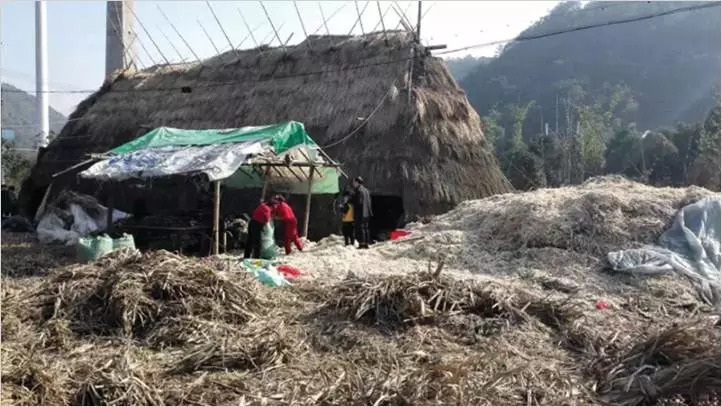
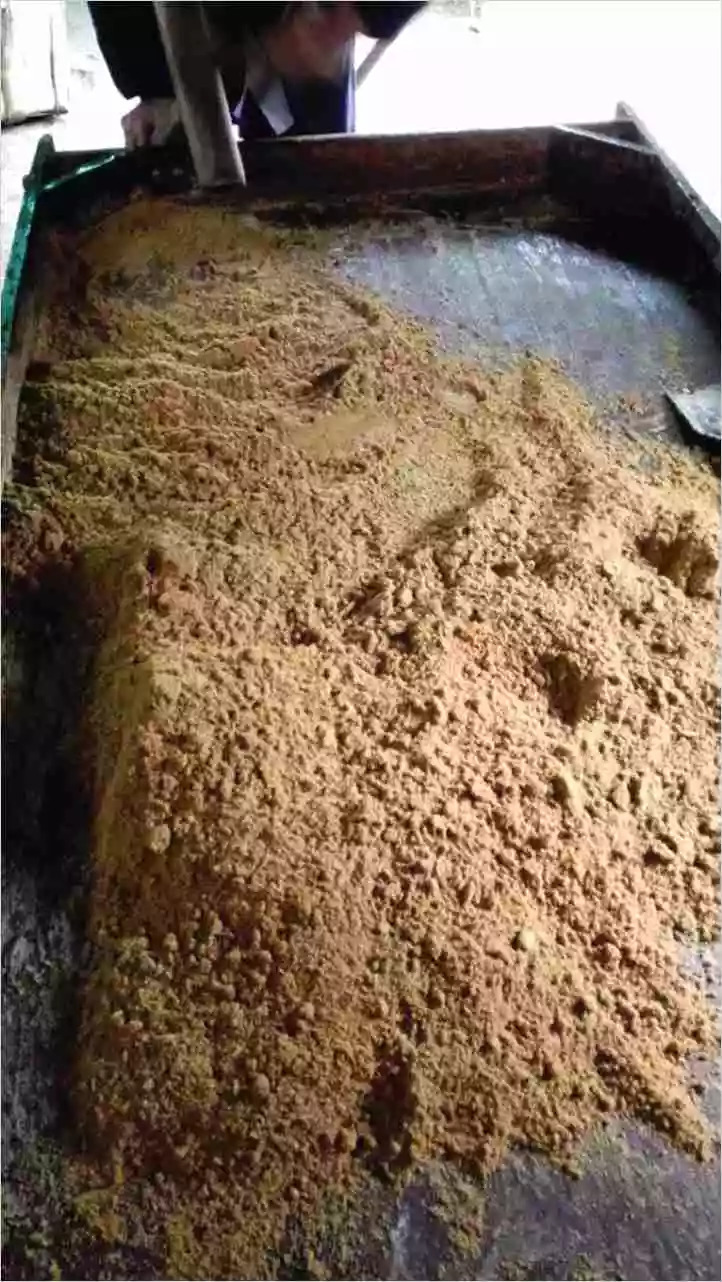
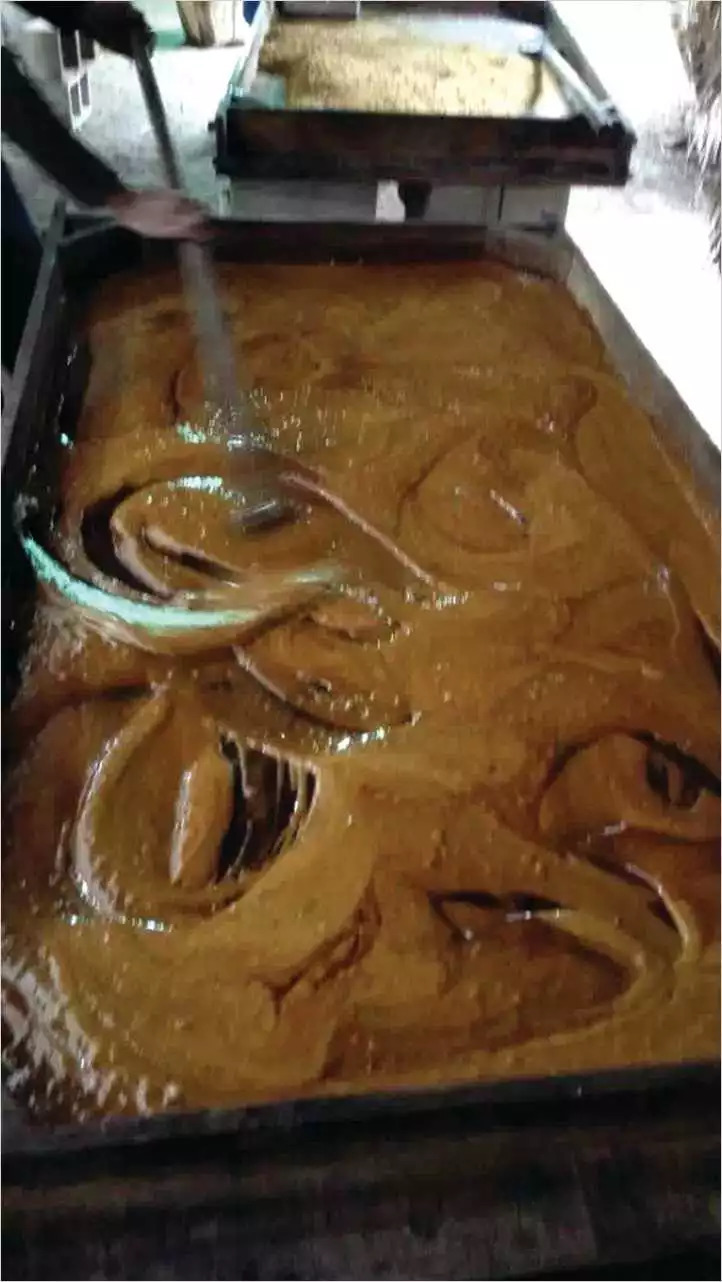

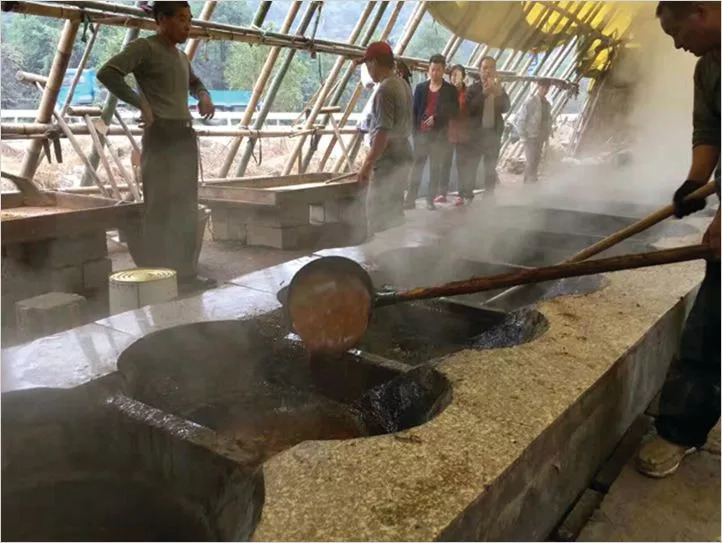
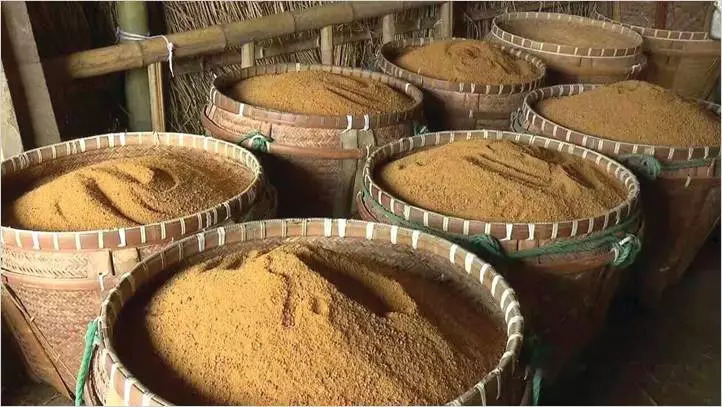
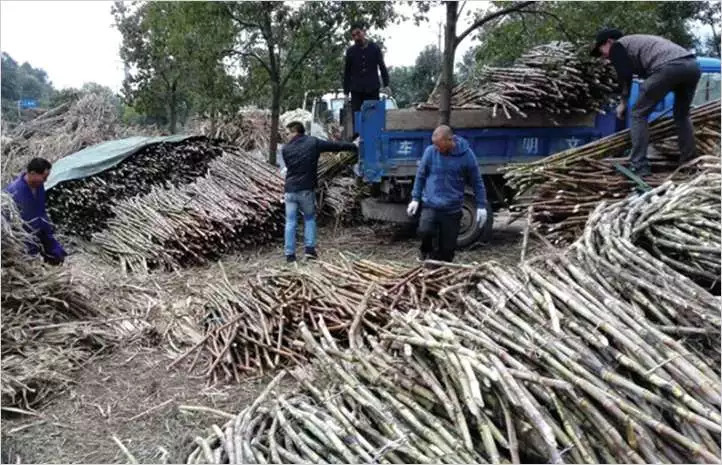
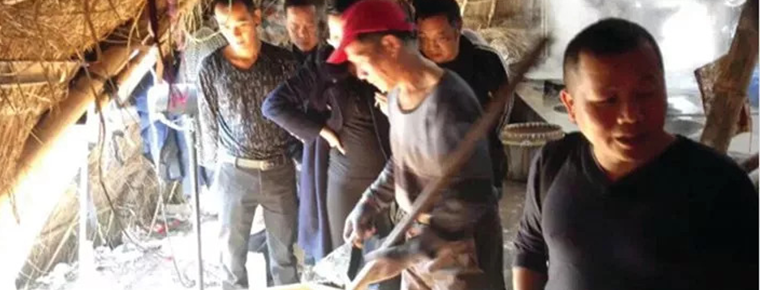
-
1.Zhou Enlais Hometown Scenic Spot
Zhou Enlai's hometown scenic spot is located in Huai'an City, Jiangsu Province, a famous historical and cultural city in China. It is a national 5A-level tourist attraction.
Time 2018-12-06 -
2.Hailongtun Site
Hailongtun is located on the top of Longyan Mountain, about 28 kilometers northwest of Zunyi City, Guizhou Province. It is also called Hailongdun, Longyantun and Longyantun.
Time 2019-01-13 -
3.Linzhou Taihang Grand Canyon Scenic Area
Taihang Grand Canyon Scenic Area is located in Linzhou City, northwest of Henan Province, on the eastern foot of the southern Taihang Mountains. It is 100 miles long in the north and south
Time 2019-01-30 -
4.Sankong Tourist Area in the Old City of the Ming Dynasty
Qufuming Old City Tourist Area in Jining: World Cultural Heritage, one of the three holy cities in the world, national AAAAA-level tourist attractions, National Scenic spots
Time 2019-02-07 -
5.Shi Bao Village
Shibaozhai, a national AAAA-level tourist attraction, a national key cultural relic protection unit, is one of the 30 best new tourist landscapes in the Three Gorges of the Yangtze River,
Time 2019-02-08 -
6.Eight Immortals Crossing the Sea Make Arhats
Eight Immortals Crossing the Sea and Arhat is a famous dish, which belongs to Confucian cuisine. Various raw materials, rich and fresh soup, beautiful color, such as eight immortals and Luohan
Time 2019-03-27 -
7.Firing Techniques of Jieshou Coloured Pottery
The firing technique of Jieshou colored pottery, the local traditional handicraft technique of Jieshou City, Anhui Province, is one of the national intangible cultural heritages.
Time 2019-05-06 -
8.Xuan Paper Making Skills
The production of Xuan Paper, first through a leather production process and a grass production process, and then through more than 100 processes.
Time 2019-07-09 -
9.Elbow pounding
This is a rather mysterious school, which originated from a famous family in Linqing, and is closely related to the chivalrous spirit inherent in the Chinese people; it is a fierce school, but it has
Time 2019-08-10 -
10.Administrative division of Guangyuan
Guangyuan City has 7 county-level administrative divisions (Municipal District 3, county 4) and 142 township level administrative divisions (Street 7, town 111, township 24). It covers an area of 16310 square kilometers and has a population of 3.11 million. Guangyuan Municipal People's government is located at No.24, north section of Renmin Road, Lizhou district.
Time 2020-12-15 -
11.Nanchong medical and health
By the end of 2019, Nanchong has 8457 medical and health institutions (including village clinics), including 166 hospitals and 8250 primary medical and health institutions. The number of beds in medical and health institutions was 43726, an increase of 4.9% over 2018
Time 2020-12-17 -
12.Location of Meishan
Meishan is located in the southwest of Chengdu Plain and the middle reaches of Minjiang River in Sichuan Basin. It spans 29 ° 24 ′ - 30 ° 16 ′ N and 102 ° 49 ′ - 104 ° 30 ′ e. it is 150 km long from east to west and 72 km wide from south to north. It connects Chengdu,
Time 2020-12-18